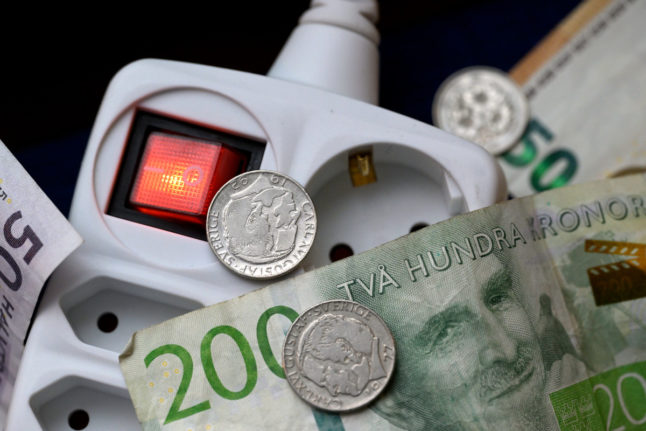The yearly inflation rate according to the consumer price index (CPI) stood at 4.5 percent in February, down from 5.4 percent in January, according to number crunchers Statistics Sweden.
Experts had predicted an inflation rate of 4.7 percent, according to Bloomberg.
Increased housing costs in the form of rising rents and mortgages contributed to the inflation rate in February, but were moderated by lower electricity and fuel prices.
TIPS AND TRICKS:
Inflation measured instead according to the CPIF metric – the consumer price index with interest rate fluctuations taken out of the equation – meanwhile fell from 3.3 percent to 2.5 percent.
That still keeps CPIF inflation slightly above the 2.3 percent recorded in December, as well as the Riksbank’s target of two percent.
The Riksbank, Sweden’s central bank, is expected to lower interest rates at some point this year, as soon as inflation is comfortably steady at around two percent.
The third common inflation metric, CPIF-XE, which excludes energy products, stood at 3.5 percent in February. That’s a decrease from 4.4 percent in January and the lowest rate since March 2022.
IN NUMBERS:



 Please whitelist us to continue reading.
Please whitelist us to continue reading.
Member comments